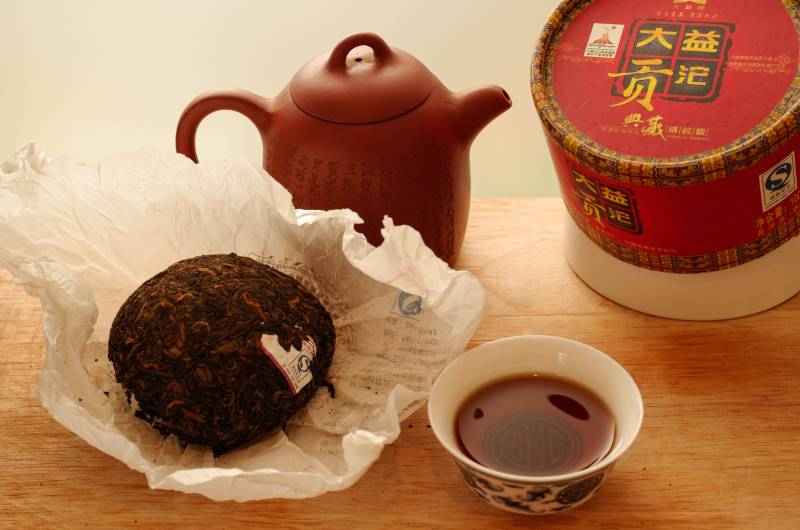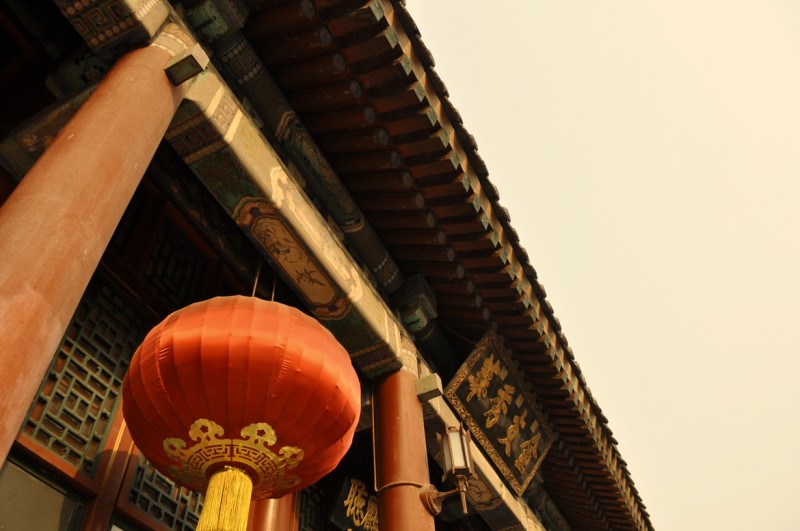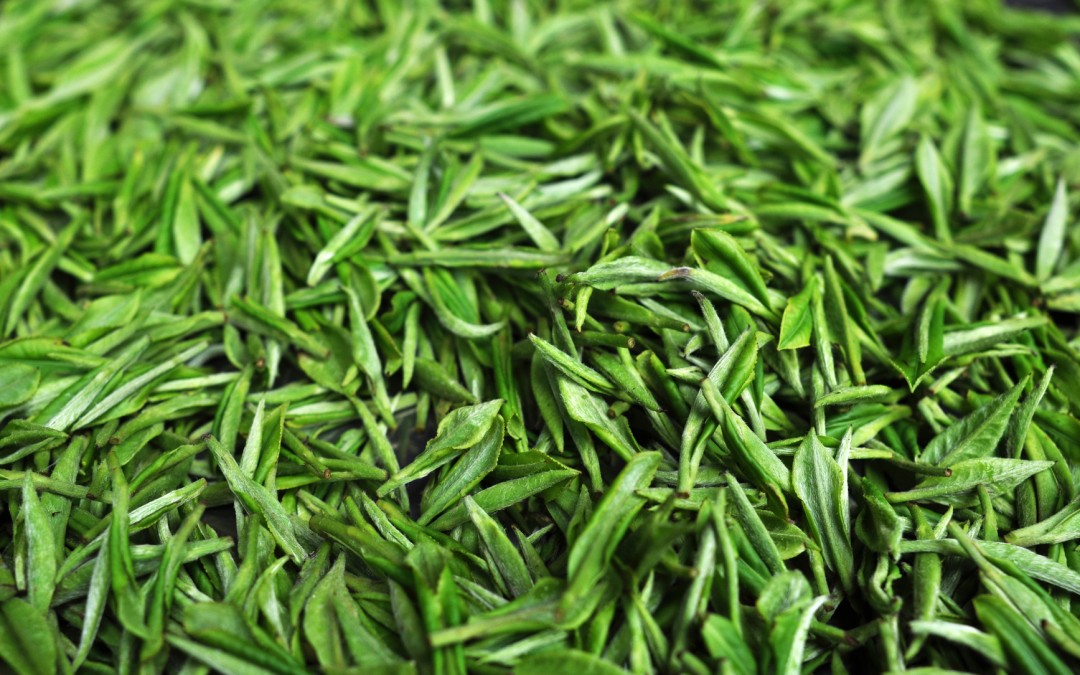
by Ryan | From the Interns, Tea Education
For most of its history, a teawright created pu-erh using the techniques to make sheng. But, the process is slow, and it takes many years for pu-erh tea to be crafted this way. As demand for pu-erh increased, many tea companies began to look for a way to speed up the process. So, in 1973, the Menghai Tea Factory and the Kunning Tea Factory devolved a method they called “Wo Dui”. This roughly means “wet piling” in English.

by Ryan | From the Interns, Tea Education
Pu-erh is an aged tea that has its origins in the Yunnan province of China. This tea has been a popular drink and export from the province for hundreds of years. It’s cultivated from the wild tea trees (the Camellia Sinensis plant that all tea comes from) that grow on the mountains. Local teawrights craft the leaves, and then allow it to age for many years. It’s during this aging process that the leaves will undergo fermentation.

by Louise | From the Interns, Tea Education
As we can see from the elements of terroir, tea relies heavily on where it’s grown. All tea comes from the same plant, Camellia Sinensis, which has many varieties. The major tea-growing regions include China, India, Japan, Sri Lanka, and Taiwan. Each of these have various micro-climates and soil differences, creating a spectrum of tea flavor. However, certain regions are well known for producing specific types of tea.

by Caleb Hodes | Book of Tea, Tea Literature
The Book of Tea is an essay written by Kakuzo Okakura in 1906. It’s considered one of the classics of tea culture and has held a wide influence for more than a century. In his essay, Okakura addresses us (the Western audience) and discusses the role of tea in Japanese culture.
So to give you something interesting to read, I’m sharing his work here. Each week I release a new section, doing my best to illuminate the passages with images & highlighting quotations I find interesting.
We continue now with the third part: “Taoism & Zennism”.

by Caleb Hodes | Adventures in Starting the Business
Looking for Fresh Tea Leaves I received an email this morning from a potential supplier in China. Apparently he couldn’t sell me fresh, unprocessed tea leaves because…you know what I’ll just copy/paste here: Sorry, we cannot export fresh tea leaves to Your...




